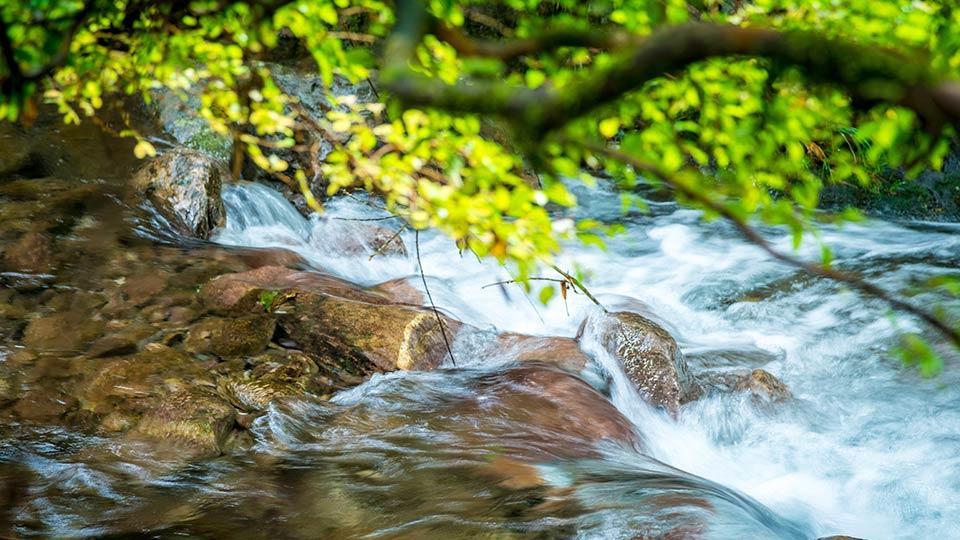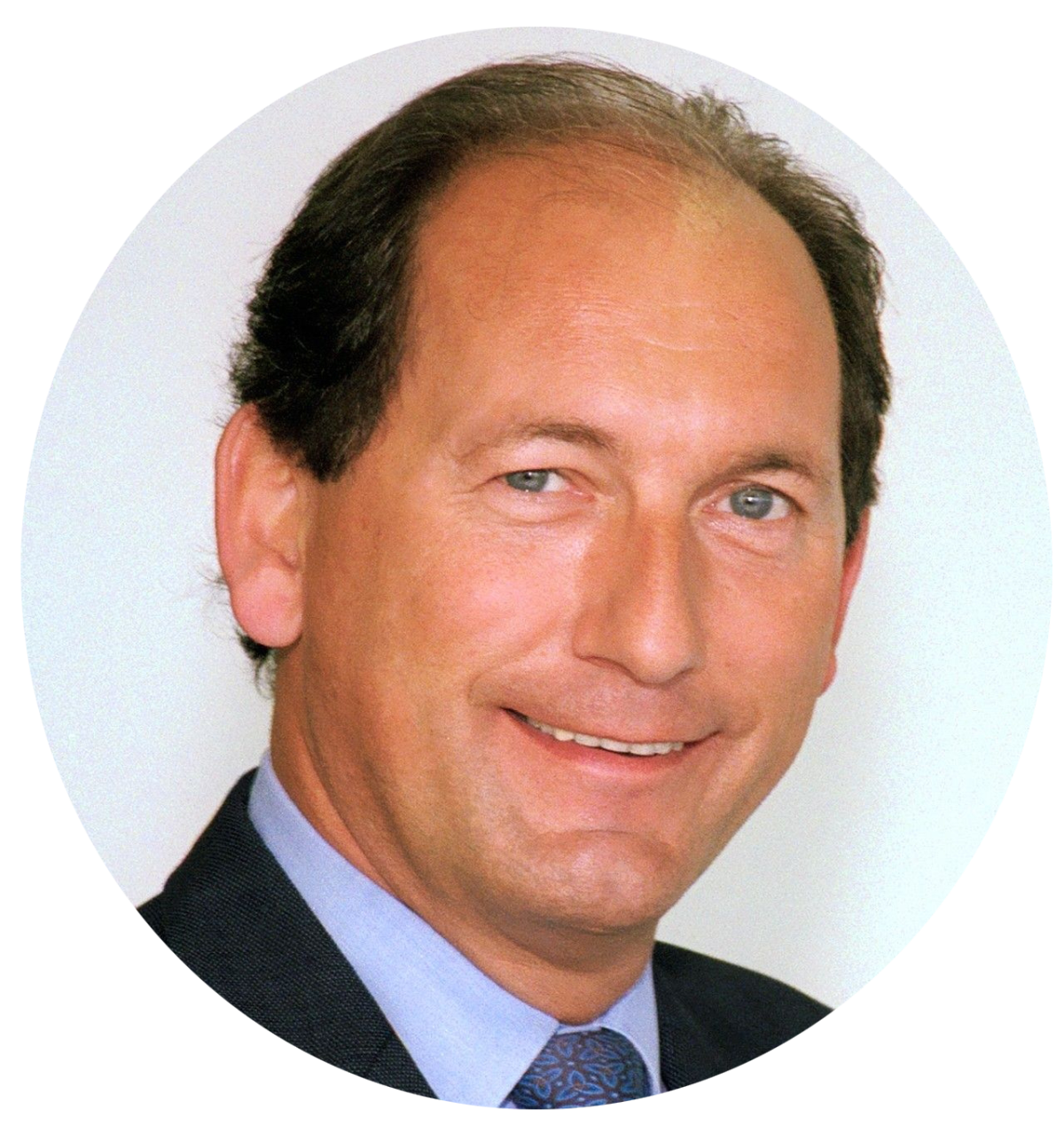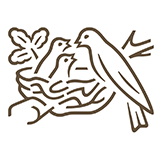Water is Life. Let’s Take Care of It Together.
By Paul Bulcke, Chairman of the Board of Directors, Nestlé
In a few days thousands of experts, advocates, public and private leaders, and others concerned with our most precious resource – water - will gather for the 2018 World Water Forum in the Brazilian capital, Brasilia. During this event, people will be working to raise awareness and look for lasting solutions to ensure that every person everywhere has access to water.
Water is life. It is essential, but is in short supply – already now – in many places around the world. The UN estimates that by 2030 global demand for water will exceed supply by 40%. As populations and consumption grow, the world’s already strained water resources are being stretched even further to secure the food as well as sanitation society demands. Current water supply and infrastructures simply do not meet society’s needs anymore. So it is vital that people are made aware of the problem, and that everyone works together to protect the world’s water resources.
At Nestlé, we unequivocally believe that access to water is a basic human right. Everyone, everywhere in the world, has the right to clean, safe water for drinking and sanitation. According to the UN this corresponds to 50 to 100 litres per person per day. This is of the highest priority to individuals, communities and the planet. Water security is a global problem, but it is felt locally. We believe that water challenges can therefore best be addressed by working with all stakeholders in local and regional communities. To address scarcity issues, we are working together with communities where we operate to sustain and improve local watersheds. We are also helping communities to develop their own resources on a set of shared terms.
Nestlé and I personally are committed to this urgent issue, and we are calling upon others to join us to ensure water resources for the next generation. One concrete step that business can take is, for instance, to participate in the Alliance for Water Stewardship (AWS) Standard. This model ensures best practice in responsible use of fresh water. At Nestlé, we work with the Alliance to assess risks and needs, so that we can focus our efforts where it matters and impacts the most. We have identified four key areas: factories, watersheds, agricultural supply chain and, communities. I’m pleased to say that in the Americas, water stewardship assessments have begun in all of our factories. In Europe, Africa and Asia, we have water stewardship lighthouse projects in markets faced by local water challenges.
While we are making progress, we know that by including and working with others we can have an even bigger impact. In 2008, the 2030 Water Resources Group was set up as a multi-stakeholder effort between government, the private sector and civil society with the goal of bringing freshwater withdrawals back into line with sustainable supply. It is today hosted by the World Bank Water Global Practice.
Like the AWS, the 2030 WRG focuses on local contexts, where its work supports country-level collaboration between governments, business and civil society to achieve water security. 2030 WRG is today a good example of SDG #17 – a global partnership working towards the goals.
The 2030 WRG is present in 14 countries or states. In Latin America it works in Mexico, Peru and in São Paolo, Brazil. Across all countries, the 2030 WRG brings together 642 partners from all parts of society who collaborate in 46 different working groups to address specific water challenges. I am proud to be a co-chair of the 2030 Water Resources Group and encourage others to join.
These are just some examples of what can be done but much more is needed. Water is such a major problem, yet it shouldn’t be. There are so many actions we can take to help solve this challenge. Let’s work together to ensure access to water, and ensure a prosperous and sustainable future for everyone.



